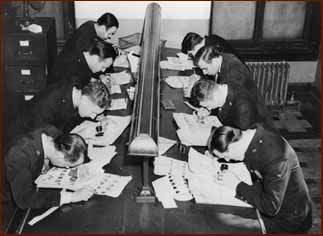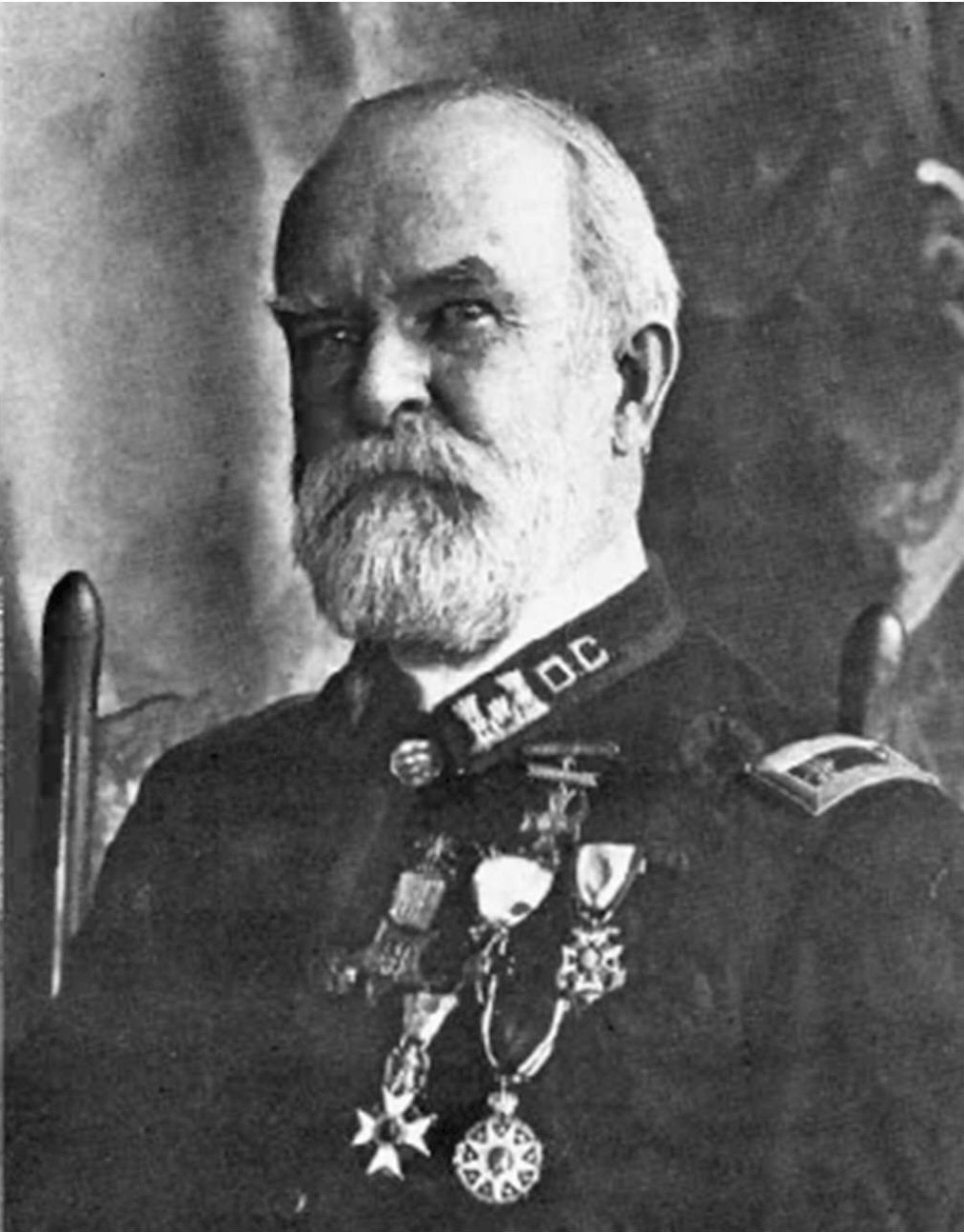Fingerprinting is the science of taking imprints of a person's fingers for the purpose of establishing personal identification. Forensic science has proven that the probability of two people having the same exact fingerprints is impossible, and it has been concluded that fingerprinting is a undeniable way of identification.
It's difficult for historians to point to the one time as the first instance of the fingerprinting process. There is proven evidence of the use of fingerprinting in ancient civilizations, most notably during the building of the pyramids in Egypt around 2000 B.C. Also, it is proven during the 3rd Century B.C. that the Chinese utilized fingerprints as a testament on official documents and used in court litigation proceedings. However, William J. Herschel, who is known as the first person to implement the practical application of fingerprinting, took issue with the Chinese employment of the fingerprinting process because he felt that they used fingerprinting as part of a spiritual practice, not as a systematic identification of individuals. He also believed that the prints were fingermarks, not fingerprints. Lastly, in Persia around 1350, government papers appeared to be fingerprinted to make them official documents, but there were no confirmations of the documented use of fingerprints for identification purposes during this time.
William James Herschel
Back to the aforementioned Herschel who, in 1858, was an English administrator assigned to the jurisdiction of Hooghly near Calcutta, India. Herschel was concerned about the residents of Hooghly getting their pensions, and he was concerned about establishing veracity in court regarding business dealings with the Government. So, in 1858, he made a construction builder, by the name of Rajyadhar Konai, put a print of his palm and fingers on an official business transaction form since Mr. Konai could not write. As far as historians and others alike know, this became the first documented application of fingerprints. Herschel also had jurisdiction over the jails, so he systematically fingerprinted the inmates and kept records of all fingerprints on file.
Next, history continued with a Scottish doctor named Henry Faulds who was a contemporary of Herschel, although a sworn enemy, as both men tried to mark their place in history by claiming they each were the "Father of Fingerprinting." Faulds' vast works were impressive and valuable to the science of fingerprinting for his time. While working in a hospital in Tokyo, Japan, in 1874, Faulds recorded fingerprints and concluded that fingerprint patterns could not change and they could be lifted by having ink applied to the print, then having a surface such as paper lift it and create a recordable version.. Faulds was also able to lift a fingerprint from a bottle of whiskey, and thus received credit for the first identification of a fingerprint.
Henry Faulds
The first evidence of the use of fingerprints in the United States was by a surveyor in New Mexico by the name of Gilbert Thompson who, in 1882, put his own prints on a survey to prevent forgery. The first recorded use of fingerprint identification in a criminal matter dates back to 1892 when an Argentinean Police Commodore by the name of Juan Vucetich took prints off a door post to nail a murderer. The use of fingerprint identification as a means of solving criminal cases advanced quickly as both Scotland Yard and the U.S.A. implemented the use of fingerprints by the turn of the 20th Century.
Gilbert Thompson
The use of fingerprinting became standard operating procedure in the United States and, in 1924, Congress endowed the Federal Bureau of Investigation (F.B.I.) with the authority to establish an Identification Division. This centralized all fingerprinting files and made it much easier to identify repeat criminals and missing persons. Today the F.B.I. uses a computerized system to contain the fingerprints of some 34 million criminals. This is especially helpful because the recidivism rates are extremely high, except in those crimes of passion, such as manslaughter which generally is a non-repetitive crime.





The history you provided with fingerprinting is excellent. I see no real problem at all with you blog. The info is great and the pictures are great. Even balance of pictures and info about fingerprinting.
ReplyDelete